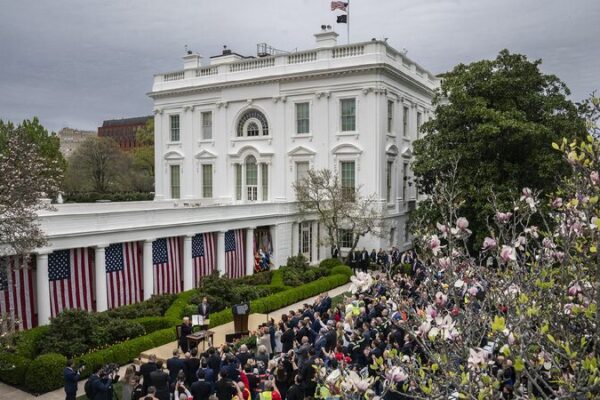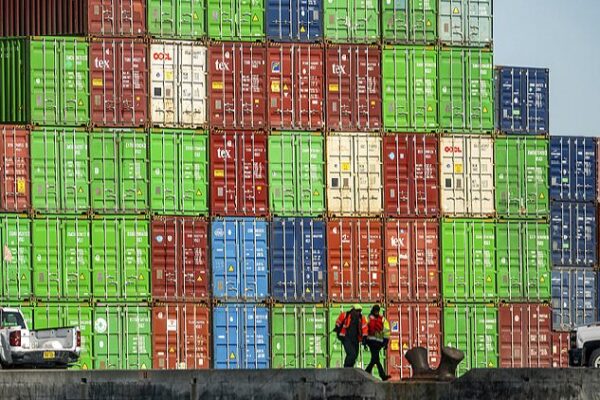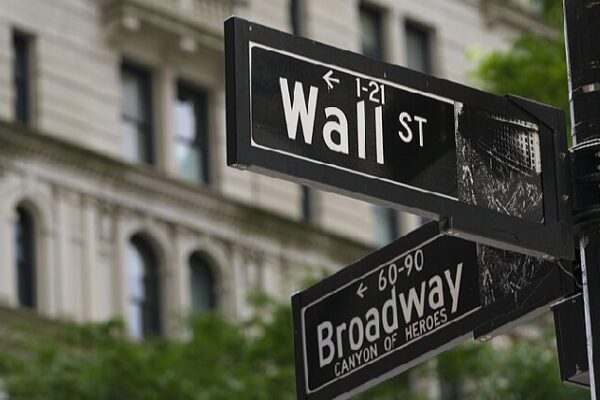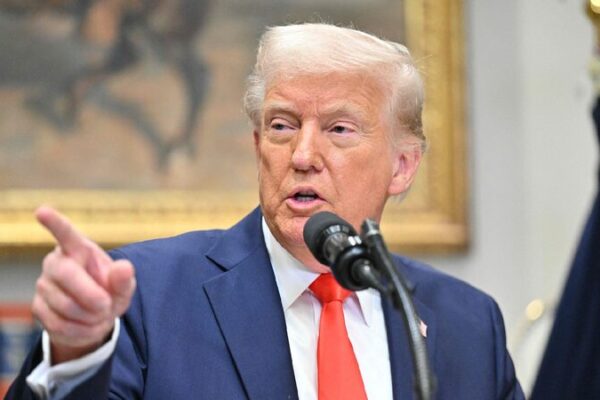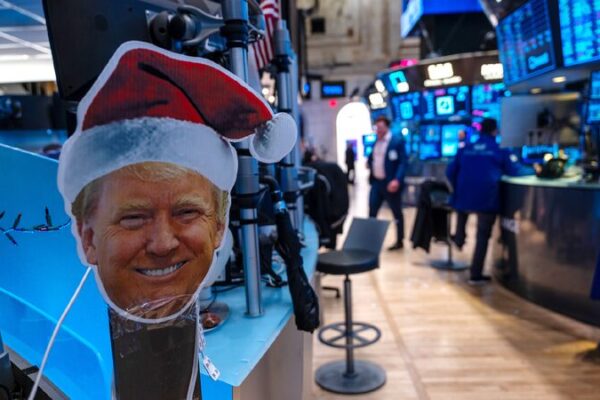Global stock markets took a dramatic plunge as escalating trade tensions ignited by U.S. President Donald Trump’s sweeping tariffs spurred the biggest losses since the pandemic. For the second consecutive day on Friday, Wall Street nosedived, confirming the Nasdaq Composite has entered a bear market and the Dow Jones Industrial Average is in a correction.
The Dow fell 2,231.07 points, or 5.50%, to 38,314.86, marking a significant retreat from its record high. The S&P 500 lost 322.44 points, or 5.97%, closing at 5,074.08, its lowest in 11 months. The tech-heavy Nasdaq tumbled 962.82 points, or 5.82%, to 15,587.79, officially entering bear market territory—defined as a decline of 20% or more from its recent high.
The sharp declines were fueled by investor fears over the potential global economic fallout from the new tariffs imposed by the U.S. government. “Right now, how bad it gets depends on how committed the administration is to this set of policies which, clearly, the market is voting against,” said Steve Sosnick, chief strategist at Interactive Brokers.
Trump’s decision to increase tariff barriers to their highest level in over a century has prompted concerns about a global recession. Investors worry about retaliatory measures from trading partners that could further dampen economic growth. The CBOE Volatility Index, often referred to as Wall Street’s fear gauge, closed at its highest level since April 2020, reflecting the growing panic.
On Friday, a record-breaking number of shares were traded on U.S. exchanges, with volume hitting approximately 26.79 billion shares, surpassing the previous high set in January 2021.
Global reactions to the tariffs were swift. China’s finance ministry announced additional tariffs of 34% on all U.S. goods starting April 10. Leaders from Britain, Australia, and Italy convened to discuss their response to the U.S. trade measures. “We’re in the Wild West of a trade war right now,” remarked Mariam Adams, managing director at UBS Wealth Management.
The week’s losses were steep: the S&P 500 fell 9.1%, the Dow declined 7.9%, and the Nasdaq slumped 10%. Federal Reserve Chair Jerome Powell warned that the hefty tariffs could lead to higher inflation and slower growth, posing challenging decisions for central bankers.
The turmoil extended beyond stocks. Investors flocked to the safety of bonds, sending the yield on the benchmark 10-year Treasury note below 4%. Bank stocks suffered as prospects of interest rate cuts and slower economic growth threatened profitability. The S&P Banks index dropped 7.3%.
All 11 sectors of the S&P 500 experienced significant declines, with the energy sector leading losses for the second day, down 8.7%, following a 7.3% drop in U.S. crude oil prices.
Reference(s):
Trump tariff tailspin worsens, Nasdaq confirms in bear market
cgtn.com


